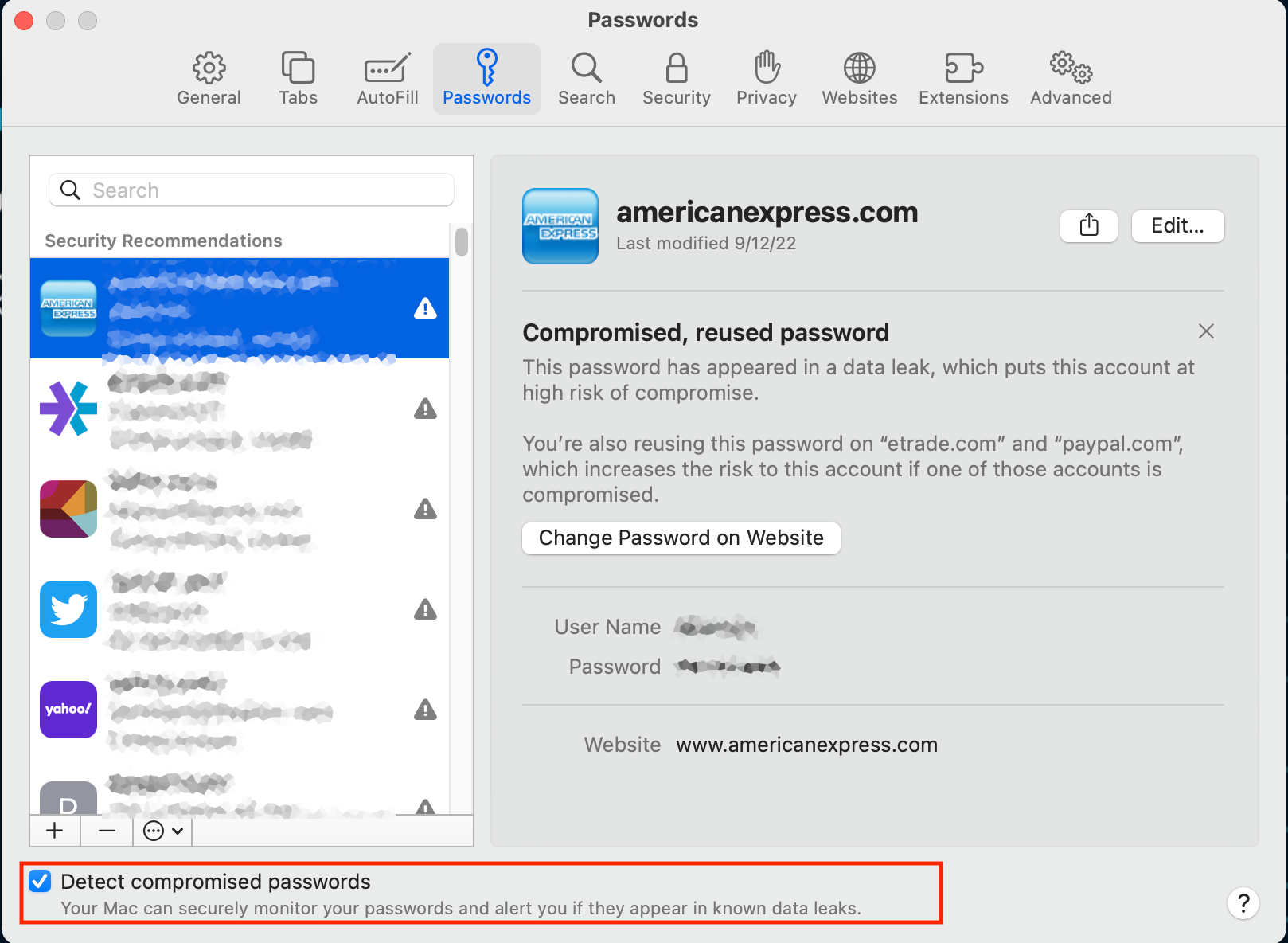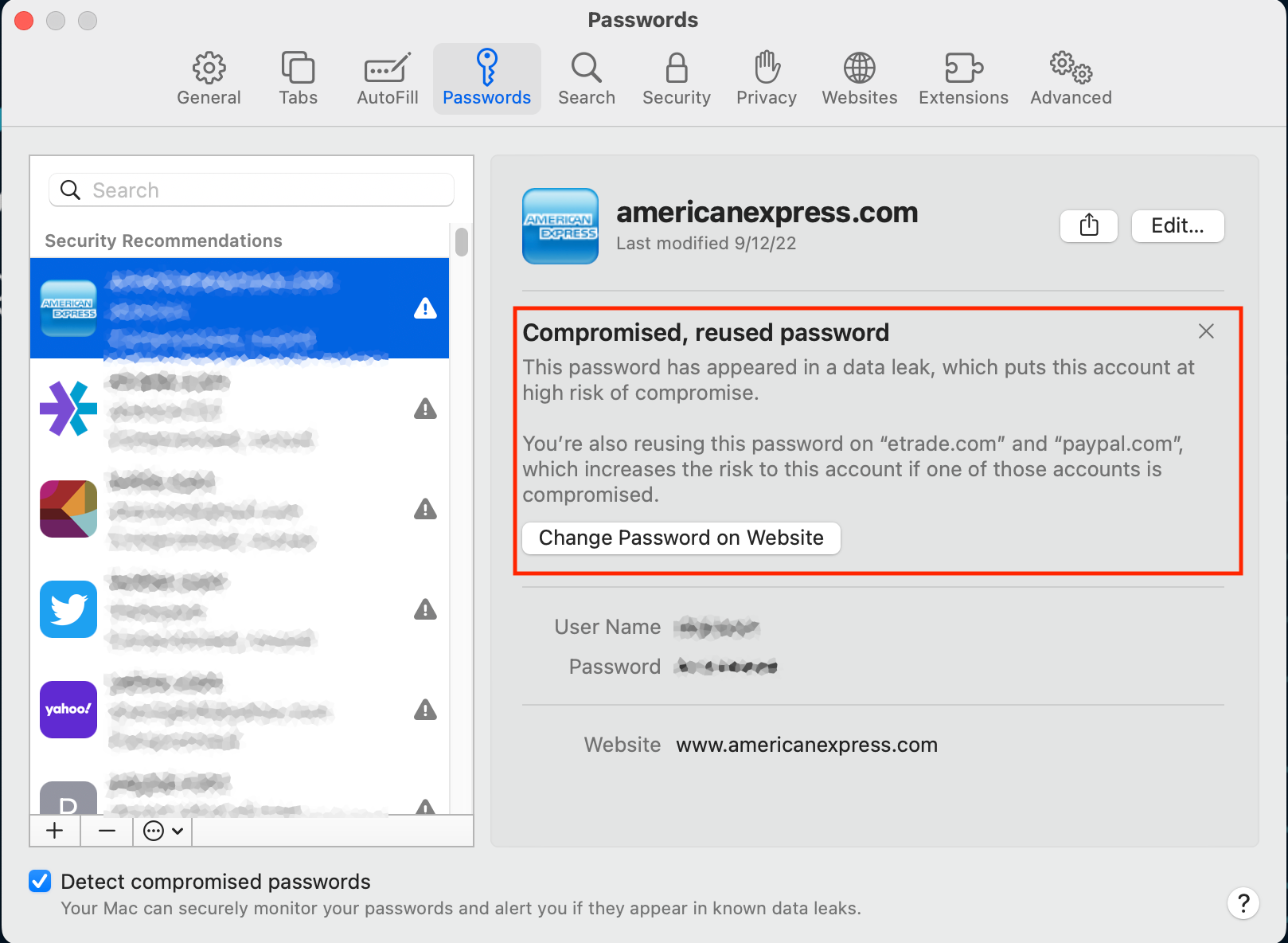A Proclamation on Critical Infrastructure Security and Resilience Month, 2022
This month, we recommit to improving the resilience of our Nation’s critical infrastructure so it can withstand all hazards — natural and manmade. By building better roads, bridges, and ports; fortifying our information technology and cybersecurity across sectors, including election systems; safeguarding our food and water sources; moving to clean energy; and strengthening all other critical infrastructure sectors, we will lay the foundation for long-term security and prosperity.
When our critical infrastructure shows signs of wear, everyday Americans pay the price. When powerful storms and forest fires — made more frequent and ferocious by climate change — shut down energy grids, families can lose power for weeks. When unsecure networks are hacked, critical services can go offline, and businesses can suffer huge losses. When bridges collapse and first responders must travel further to reach disaster sites, Americans can die. Crumbling infrastructure around the world affects us at home as well: Extreme weather, cyberattacks, and other disasters have ripple effects, threatening global stability and disrupting supply chains everywhere.
That is why my Administration is reinforcing America’s critical infrastructure and supporting our international partners as they do the same. Last year, I signed the Bipartisan Infrastructure Law to make a once-in-a-generation investment in resilience and build a better America — modernizing our roads, bridges, and ports; delivering clean water and high-speed internet to our communities; and helping to eliminate the use of lead pipes in this country, all while creating a new generation of good-paying jobs. This year, I signed the CHIPS and Science Act into law, securing historic funding for research and development and to build a resilient supply chain for semiconductors here in America. At the same time, we are shielding our entire country against — and actively countering — malicious cyber activity, and establishing clear international rules of the road as they relate to cyberspace. Our Federal agencies are working more closely with the private sector — which owns and…



